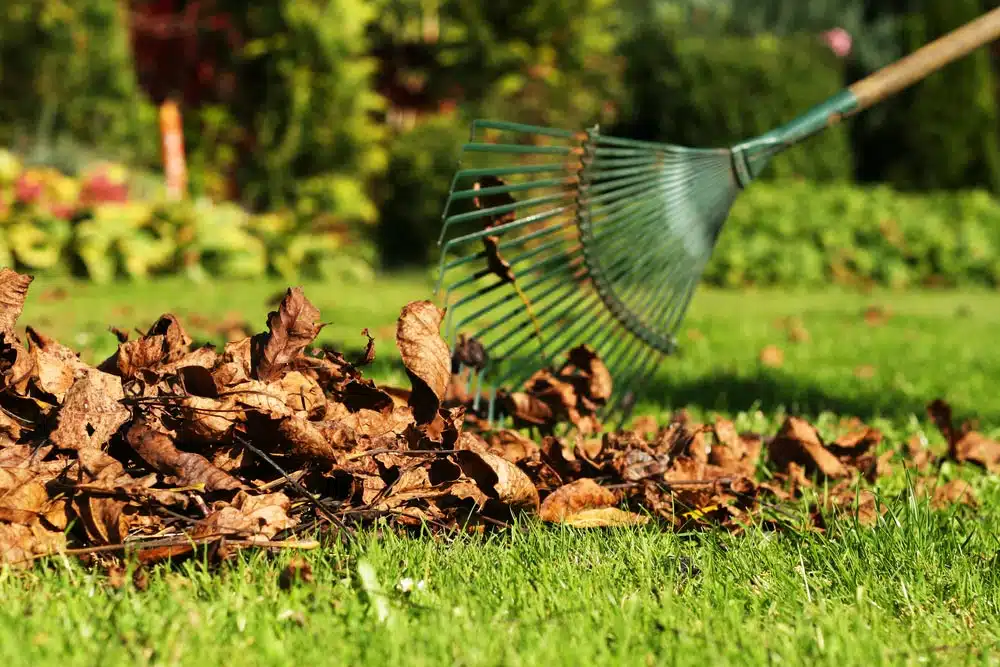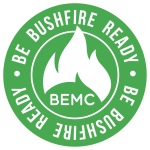In recent years, Australia has experienced unprecedented bushfire crises of shocking scale and severity, causing devastating damage to land and property and the suffering of humans and wildlife alike. While these natural disasters are often unpreventable, you can take steps now to minimise risk and maximise peace of mind for your home, family and possessions. This blog will break down a few ways to get started.
Why Do I Need A Bushfire Plan?
A bushfire plan can protect your family by helping you make informed decisions during a bushfire. It outlines steps you can take to prepare your property and remain up-to-date with relevant information, as well as what to do during and after a disaster. Having a plan in place can increase your chances of survival and reduce the risk of damage to your property.
Tips For Preparing Your Property
- Keep gutters & downpipes clear of debris which can easily catch fire
- Install metal mesh screens on windows & doors to prevent embers from entering
- Keep a hose connected to a tap with good water pressure & make sure you have enough hoses to reach all areas of your property
- Store flammable liquids, such as petrol, away from your home in a secure, metal shed
Tips For Preparing Your Land / Vegetation
- Regularly clear any dead or dry vegetation from around your property, including leaves, twigs & branches
- Cut back trees & shrubs near your home to reduce the risk of them catching fire
- Create fire breaks by removing vegetation in a strip around your property
- Keep lawns & gardens well-watered to maintain a green buffer zone around your home
- If possible, consider using fire-resistant plants in your garden
Ensure You Have An Emergency Survival Kit
Put together an emergency survival kit containing the following:
- Important documents, such as identification, insurance papers & important phone numbers
- Enough food & water for at least three days, as well as a portable water filter or purification tablets
- First aid kit, including any required medication
- Torch with spare batteries
- Matches
- Battery-powered or hand-crank radio
- Warm clothing, sturdy shoes & a raincoat
- Bedding (i.e., blankets, sleeping bags)
Make sure you have an emergency contact list in a location known to the entire household.
Create A Bushfire Survival Plan & Evacuation Route
- Develop a bushfire survival plan with your family, including an evacuation route that considers the location of your property & the direction of the fire
- Make sure everyone in your family knows where to go if a bushfire threatens your home, such as a designated safe place or a friend or relative’s home
- Prepare a list of essential items to take with you if you have to evacuate
- If you have pets or livestock, make sure you have a plan in place to evacuate them safely
Create A Contingency Plan
It’s important to have a contingency plan in case your primary plan is unsuccessful. This plan should include the following:
- Alternate evacuation routes
- A backup safe place
- A plan for communicating with family members if you are separated
- A plan for if you become trapped inside your home, on your property or in your car
- Keeping a stock of emergency supplies
Make sure everyone in your family knows the contingency plan and how to implement it.
Where Can I Find Help Creating A Bushfire Plan?
Contact Bushfire and Environmental Management Consultancy to access our vital services and feel confident in your bushfire preparation – call us today on 0408 667 137.
Key Resources and Emergency Contacts (NSW)
- In an emergency, call Triple Zero (000) for police, fire department and ambulance services.
- For emergency help during bushfires, call NSW SES on 132 500.
- Stay up-to-date with relevant news and media at the NSW RFS website https://www.rfs.nsw.gov.au/news-and-media/stay-up-to-date
- Call the Bushfire Information Line on 1800 679 737








